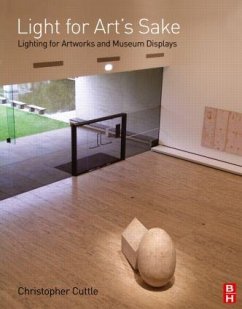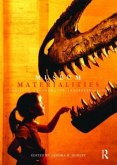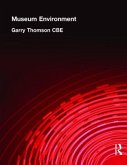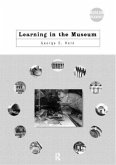Provides a basis for a level of professional expertise for lighting practice in museums. This work focuses on the concept that the interaction of light and art media is the source for visual experience and the degradation of the artwork. It includes philosophical, conservation, and practical aspects of lighting design for museums and galleries.
Hinweis: Dieser Artikel kann nur an eine deutsche Lieferadresse ausgeliefert werden.
Hinweis: Dieser Artikel kann nur an eine deutsche Lieferadresse ausgeliefert werden.
"Light for Art's Sake is a well thought, through publication and it will form a valuable element for museum and art gallery designers. But it will also be a valuable text for all students of lighting - young and old."
David Loe, Lighting Research & Technology
David Loe, Lighting Research & Technology
"Light for Art's Sake is a well thought, through publication and it will form a valuable element for museum and art gallery designers. But it will also be a valuable text for all students of lighting - young and old."
David Loe, Lighting Research & Technology
David Loe, Lighting Research & Technology








